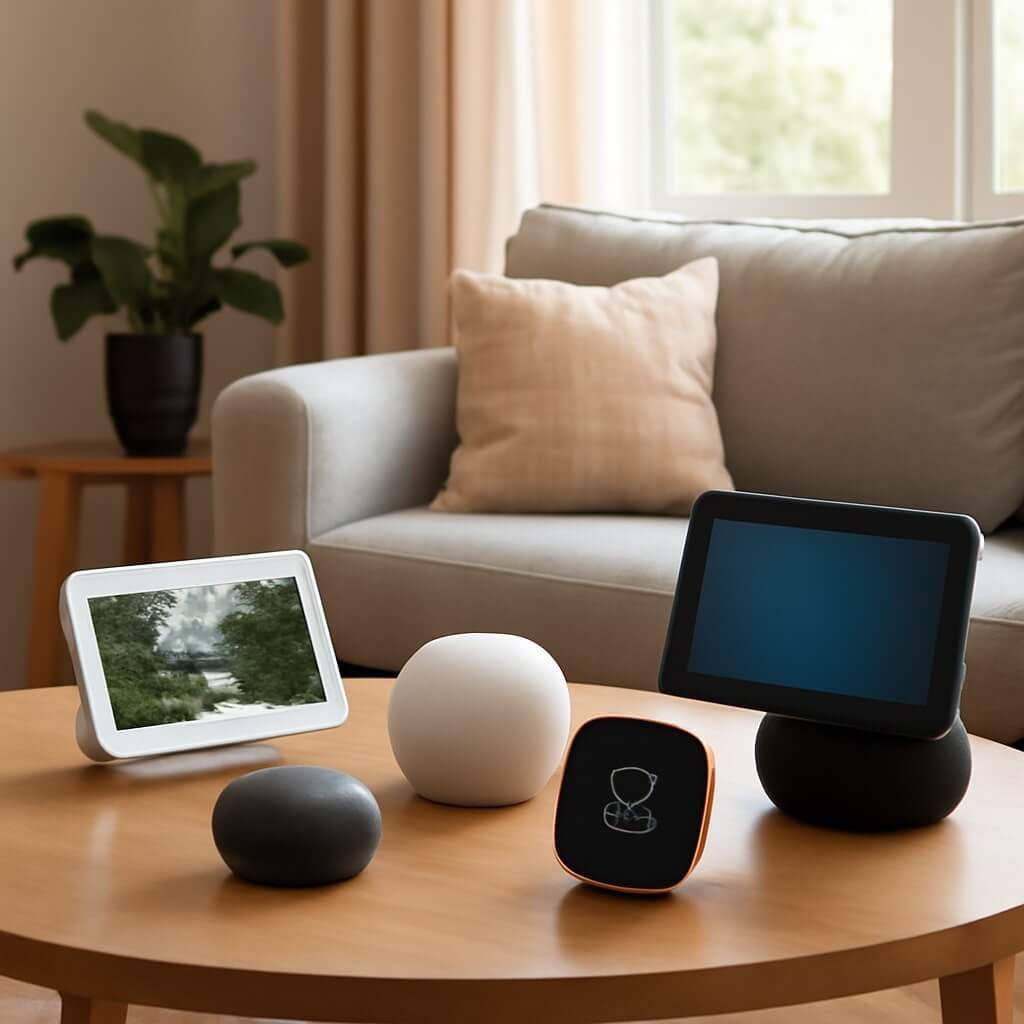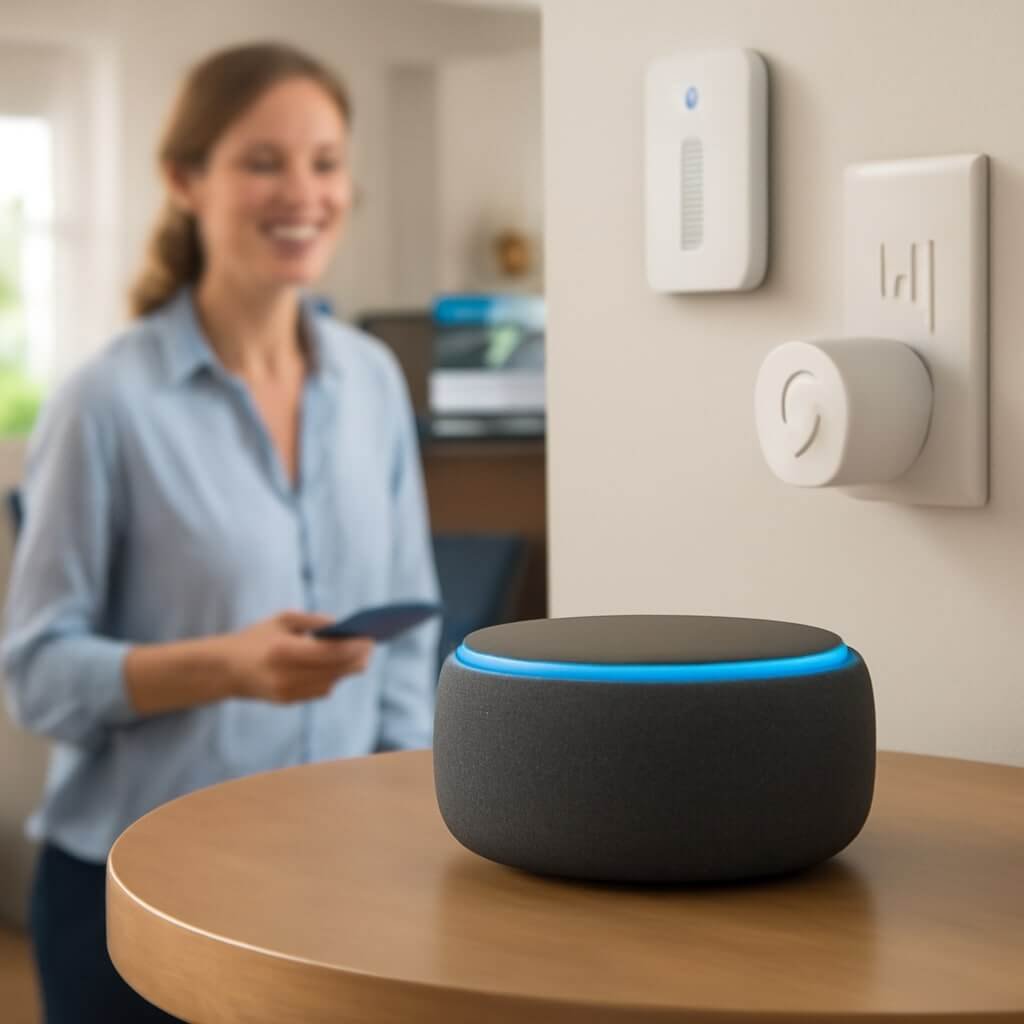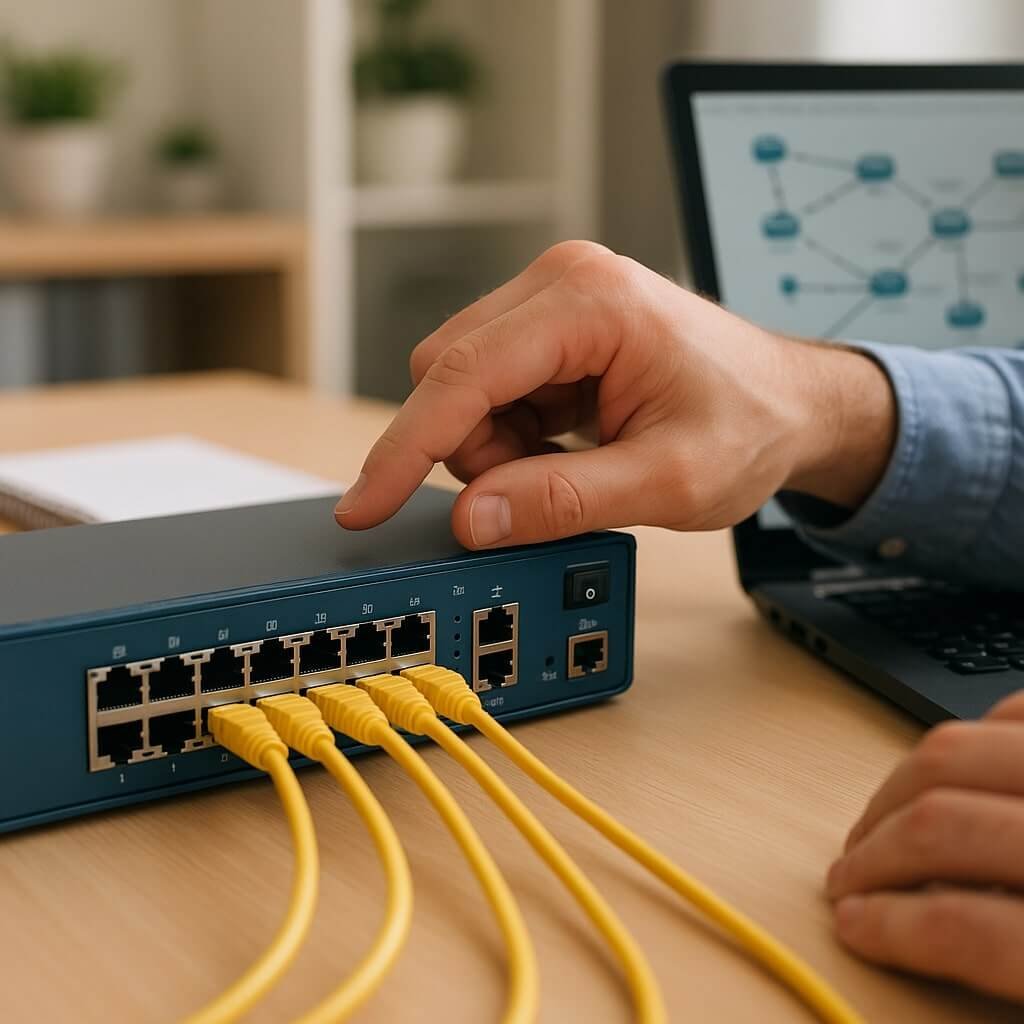Smart home technology has surged in popularity, with voice assistants becoming a central feature in many households. However, before investing in a smart home voice assistant, it’s crucial to check the smart home voice assistant before buying. This step can save you from costly mistakes and frustration by ensuring that your devices work seamlessly together.
In this ultimate guide, we’ll explore everything you need to know about smart home voice assistants, their compatibility issues, and how to choose the right one for your home setup.
What Is a Smart Home Voice Assistant?
Smart home voice assistants are AI-powered virtual helpers that enable you to control your smart home devices using voice commands. Common examples include Amazon Alexa, Google Assistant, and Apple Siri. These assistants can play music, control lighting, adjust thermostats, set reminders, and much more — all hands-free.
They act as the central hub of your smart home ecosystem, connecting various smart devices to work harmoniously. But their true power lies in how well they integrate with the devices you already own or plan to buy.
Why Checking Compatibility Matters Before Buying a Voice Assistant
Many users overlook compatibility, only to discover that their new voice assistant won’t communicate well with certain devices. This incompatibility can result in:
- Devices not responding to commands
- Limited functionality
- Frustration and wasted money
Checking compatibility ensures you get a voice assistant that supports your devices, so you enjoy a smooth, integrated smart home experience. Without it, you might end up with isolated devices or have to replace them sooner than expected.
How Incompatible Devices Affect Your Smart Home Experience
Imagine buying a high-end smart thermostat only to find out your voice assistant doesn’t support it. Or trying to use your voice to turn on smart lights that don’t recognise the commands. These issues break the convenience and automation that smart homes promise, making the technology more of a hassle than a help.
Popular Smart Home Voice Assistants and Their Compatibility
Here’s an overview of the three most popular voice assistants and the ecosystems they support:
| Voice Assistant | Compatible Devices & Brands | Ecosystem Notes |
|---|---|---|
| Amazon Alexa | Philips Hue, Ring, Ecobee, Samsung SmartThings, and more | Wide third-party support, customizable skills |
| Google Assistant | Nest, TP-Link, Philips Hue, Sonos, and more | Strong integration with Google services |
| Apple Siri (HomeKit) | LIFX, Ecobee, Eve, Nanoleaf, and more | Focused on security and privacy, iOS integration |
Amazon Alexa Compatibility Overview
Amazon Alexa boasts one of the largest compatibility lists among voice assistants. It supports thousands of smart home devices across lighting, security, entertainment, and appliances. Alexa’s “Skills” marketplace allows developers to add new device support continuously, making it highly versatile.
Google Assistant Compatibility Overview
Google Assistant integrates deeply with Google’s ecosystem and supports a broad range of smart home devices. It’s particularly strong with devices that use Google’s proprietary protocols and services like Nest. Its ability to understand natural language is top-notch, enhancing user experience.
Apple Siri (HomeKit) Compatibility Overview
Siri operates primarily through Apple’s HomeKit framework, focusing on privacy and encrypted communications. While it supports fewer devices compared to Alexa and Google, the devices it does support are vetted for security and performance. Siri is ideal for Apple users wanting a seamless ecosystem.
How to Check the Compatibility of Smart Home Devices
Before purchasing, you should take a systematic approach to check if your desired smart home voice assistant will work with your devices.
Manufacturer Websites and Compatibility Lists
Start by visiting the official websites of both your voice assistant and smart device manufacturers. These sites typically provide compatibility charts or lists, helping you verify whether the products will work together.
Using Compatibility Check Tools and Apps
There are also third-party tools and apps designed to check compatibility. These apps scan your existing devices and recommend voice assistants or hubs that will work best with your setup.
Compatibility Factors to Consider
To make an informed decision, it’s important to understand the technical and functional compatibility factors involved.
Supported Communication Protocols
Smart devices communicate through different protocols like Zigbee, Z-Wave, Wi-Fi, and Bluetooth. Your voice assistant needs to support the protocol your devices use. For example:
- Zigbee and Z-Wave: Common for smart lighting and security systems.
- Wi-Fi: Used by many devices for internet connectivity.
- Bluetooth: Typically for short-range communication.
App Integration and Mobile Platforms
Some voice assistants work better with specific mobile platforms. Apple Siri, for instance, is designed for iOS devices, while Google Assistant and Alexa support both Android and iOS but with varying features.
Budgeting for Compatibility
Ensuring compatibility might mean buying additional hubs or upgrading devices. It’s smart to factor these potential costs into your budget to avoid surprises. Sometimes, a slightly more expensive voice assistant can save money long-term by supporting your existing devices without extra purchases.
Tips for Future-Proofing Your Smart Home Voice Assistant
- Choose assistants with wide third-party support
- Look for devices with multi-protocol compatibility
- Regularly update your devices and apps
- Avoid ecosystem lock-in where possible to maintain flexibility
Troubleshooting Common Compatibility Issues
Even after thorough research, you might face issues like devices not responding or intermittent connections. Common troubleshooting steps include:
- Restarting devices and routers
- Checking for firmware updates
- Re-linking devices to the voice assistant app
- Resetting devices to factory settings if necessary
Security and Privacy Considerations in Compatibility
Compatibility isn’t just about functionality — it also impacts security and privacy. Some ecosystems have stricter encryption standards or better privacy policies. Apple HomeKit is known for high security, while others like Alexa offer customizable privacy controls.
User Experiences and Reviews on Compatibility
Real-world reviews highlight that while Alexa offers the broadest device support, some users find setup complex. Google Assistant users praise natural language processing but note occasional device recognition issues. Apple Siri users value privacy, but sometimes encounter limited device choices.
Frequently Asked Questions (FAQs)
1. Can I use multiple voice assistants in the same smart home?
Yes, but managing them can be complex. It’s better to use one primary assistant for smoother integration.
3. Does compatibility affect voice assistant response speed?
Yes, better compatibility often results in quicker and more reliable responses.
4. Are there universal smart home voice assistants?
No true universal assistant exists yet, but some hubs aim to bridge ecosystems.
5. How often do voice assistants add new device compatibility?
Frequently, many update are released monthly or quarterly with new supported devices.
6. Can I check compatibility without buying the device?
Yes, manufacturer websites and community forums are excellent resources to consult before making a purchase.
Conclusion: Making an Informed Choice on Your Smart Home Voice Assistant
Choosing the right smart home voice assistant is a decision that requires careful compatibility checks. By understanding the ecosystems, supported devices, and protocols, you can ensure your smart home functions seamlessly and securely.






